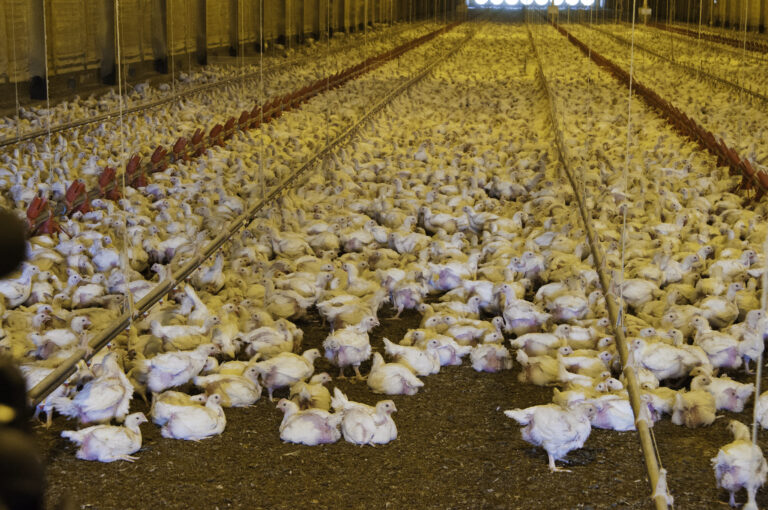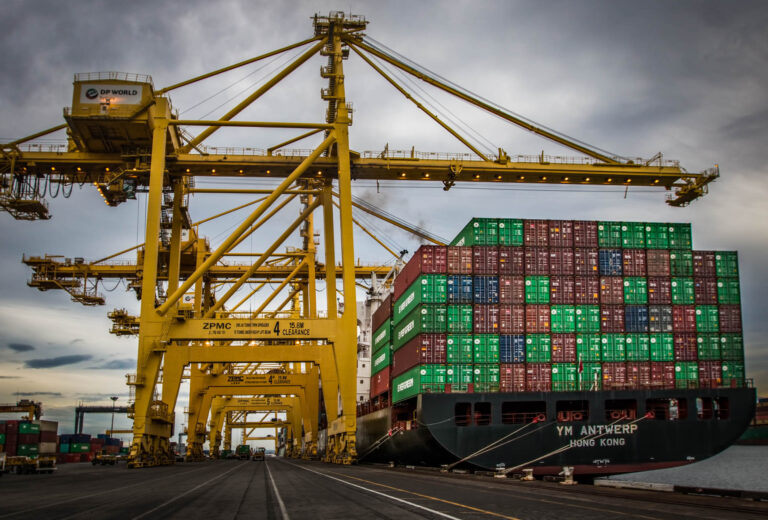Divya Nimmagadda is a student at Harvard Law School.
It was announced on Wednesday that the Service Employees International Union (SEIU) is joining the AFL-CIO, bringing the latter’s membership to nearly 15 million. The AFL-CIO is a federation of more than 50 unions; now that the SEIU is joining in under the umbrella organization, it has become the largest of the member unions. The SEIU is the nation’s second largest labor union, with around 2 million members, and has primarily organized workers in healthcare, property services, and public work. The SEIU was previously part of the AFL-CIO umbrella, but split from the group in 2005 over a rift in strategy – the SEIU and some other unions wanted to increase focus on organizing new members. While both groups have denied that the most recent election was the impetus for this alliance, they have acknowledged that the solidarity between the two groups will enable a stronger defense to any potential threats to labor or to workers from the Trump administration. Liz Schuler, president of AFL-CIO, stated that the unions are “amassing our forces, building our strength and our power before the inauguration…Working people will continue to demand that our voices be heard.”
Also on Wednesday, dockworkers on the East and Gulf Coasts reached a tentative labor agreement. Back in October, after a brief strike, the port workers and their employers agreed to a 62% raise over six years and aimed to come to agreement on other provisions of the labor agreement by January 15th. One of the most contentious of these topics was that of automation and the introduction of technology that could reduce human jobs. In a joint statement, the two parties stated that: “This agreement protects current I.L.A. jobs and establishes a framework for implementing technologies that will create more jobs while modernizing East and Gulf Coasts ports.” While the exact points of the agreement are not yet available, it has been reported that the workers got guarantees that introduction of technology would be accompanied by increased port jobs, and the employers had achieved language that would allow them to more easily introduce technology to the port settings.






Daily News & Commentary
Start your day with our roundup of the latest labor developments. See all
December 12
OH vetoes bill weakening child labor protections; UT repeals public-sector bargaining ban; SCOTUS takes up case on post-arbitration award jurisdiction
December 11
House forces a vote on the “Protect America’s Workforce Act;” arguments on Trump’s executive order nullifying collective bargaining rights; and Penn State file a petition to form a union.
December 8
Private payrolls fall; NYC Council overrides mayoral veto on pay data; workers sue Starbucks.
December 7
Philadelphia transit workers indicate that a strike is imminent; a federal judge temporarily blocks State Department layoffs; and Virginia lawmakers consider legislation to repeal the state’s “right to work” law.
December 5
Netflix set to acquire Warner Bros., Gen Z men are the most pro-union generation in history, and lawmakers introduce the “No Robot Bosses Act.”
December 4
Unionized journalists win arbitration concerning AI, Starbucks challenges two NLRB rulings in the Fifth Circuit, and Philadelphia transit workers resume contract negotiations.